
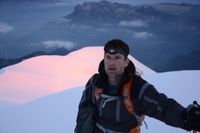
When they’re first released, new models of running shoes – especially trail running shoes – are often made available in various styles with different technical specifications. Usually, the top-of-the-range (and most expensive) options have the letters GTX in the name, meaning a Gore-Tex membrane has been used in the construction of the shoe, making it waterproof.
(Other breathable waterproof membranes are, of course, available – but Gore-Tex is still the most recognisable and common component used.)
But is having a waterproof running shoe actually a good thing? Well, that depends a little bit on where you run and your personal preference, but in my opinion – no, it’s not.
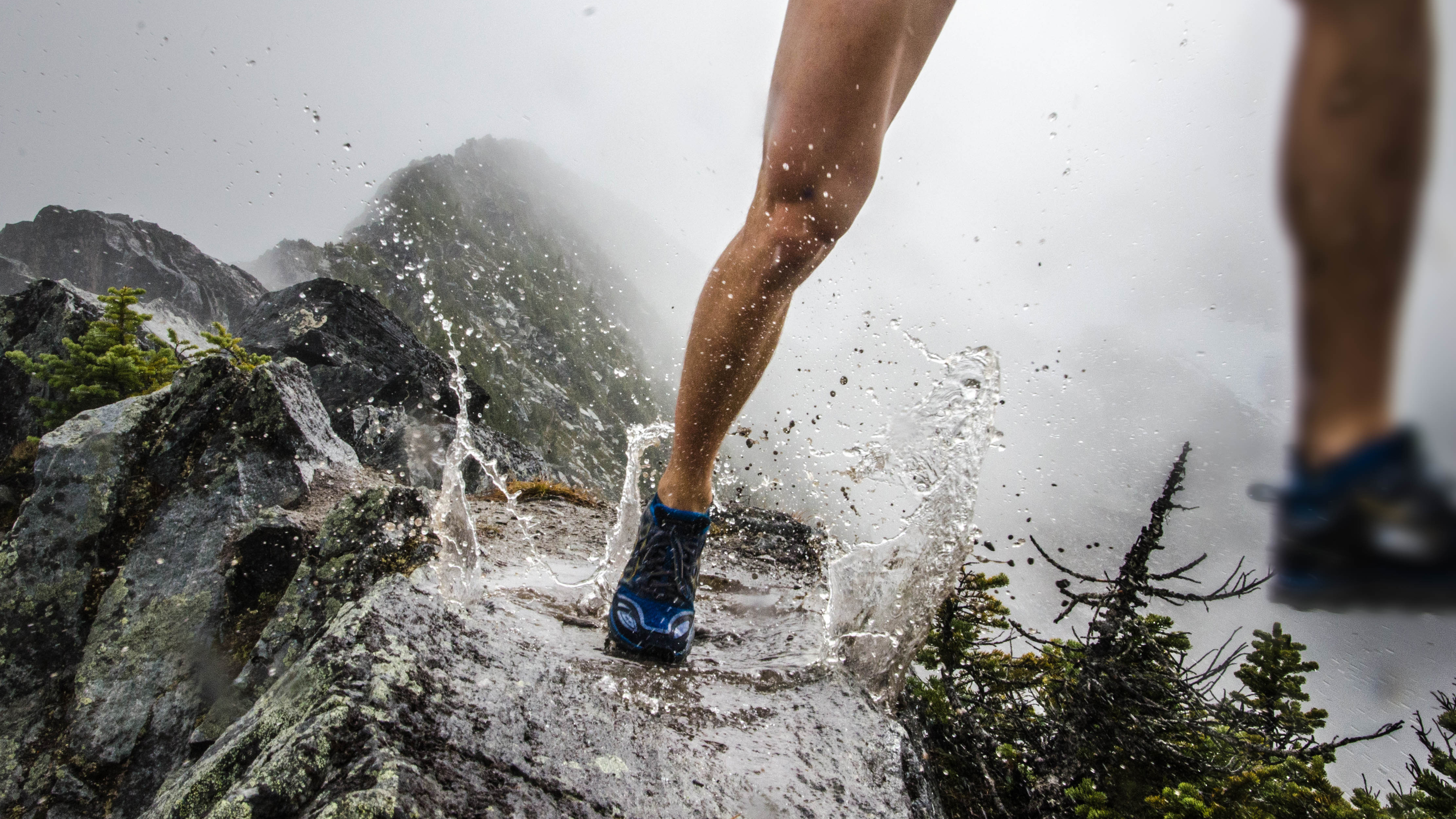
Don’t get me wrong – I have nothing against Gore-Tex in all its various guises or any other similar weatherproof membrane either. The way the technical fabric operates is super clever, and it does genuinely work. I’ve had very good reason to be extremely grateful to Gore-Tex during many snow-sodden and water-soaked adventures over the years, and have had the pleasure of testing its performance credentials in scenarios ranging from mid-winter ice hikes in the Cairngorms to car-wash cascades in East London.
When it comes to serious waterproof jackets, proper hiking boots and substantial walking shoes, I’m all in favour of Gore-Tex and other breathable waterproof membranes – in fact, I demand them in the gear I go out with. But running is different. I mainly run off-road, and for me and the vast majority of my trail buddies, the best running shoes are those that are definitely not waterproof – here’s why.
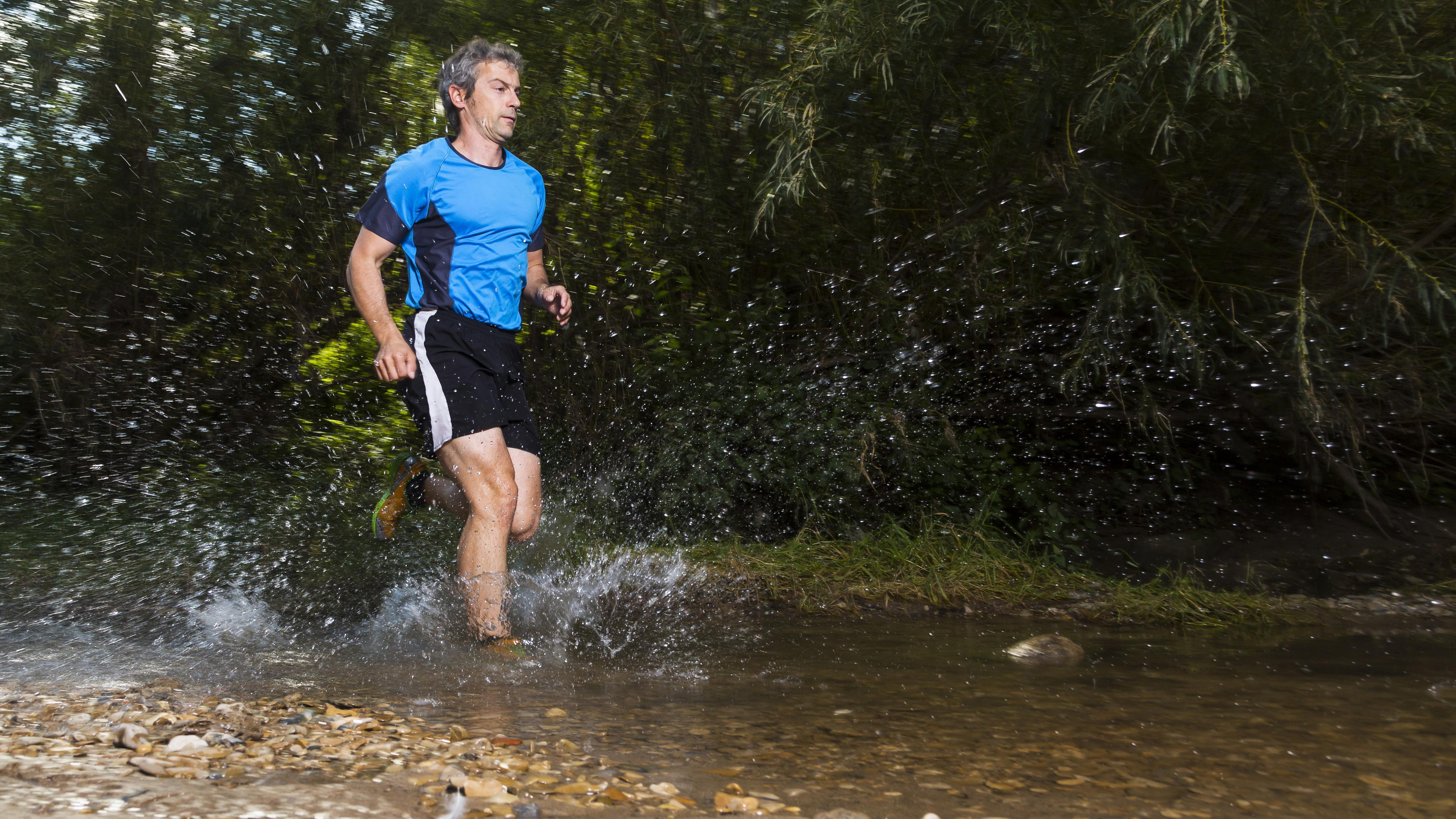
Time on the trails
When hiking – whether you’re doing a multiday trek while carrying a hiking backpack or doing a day walk in a pair of hiking shoes – you typically spend many hours out on the trail. In such scenarios, it makes a lot of sense to keep your feet as dry as possible for as long as possible – not least because sodden skin can make you more susceptible to suffering blisters, which will ruin any experience.
Most trail runners, on the other hand, are only out in the wilds for one or two hours at a time (occasionally more, often less), which makes having wet feet far less of a pressing concern. This, combined with the reasons below, means that a non-waterproof version of a running shoe can make a much more pragmatic choice.
Get all the latest news, reviews, deals and buying guides on gorgeous tech, home and active products from the T3 experts
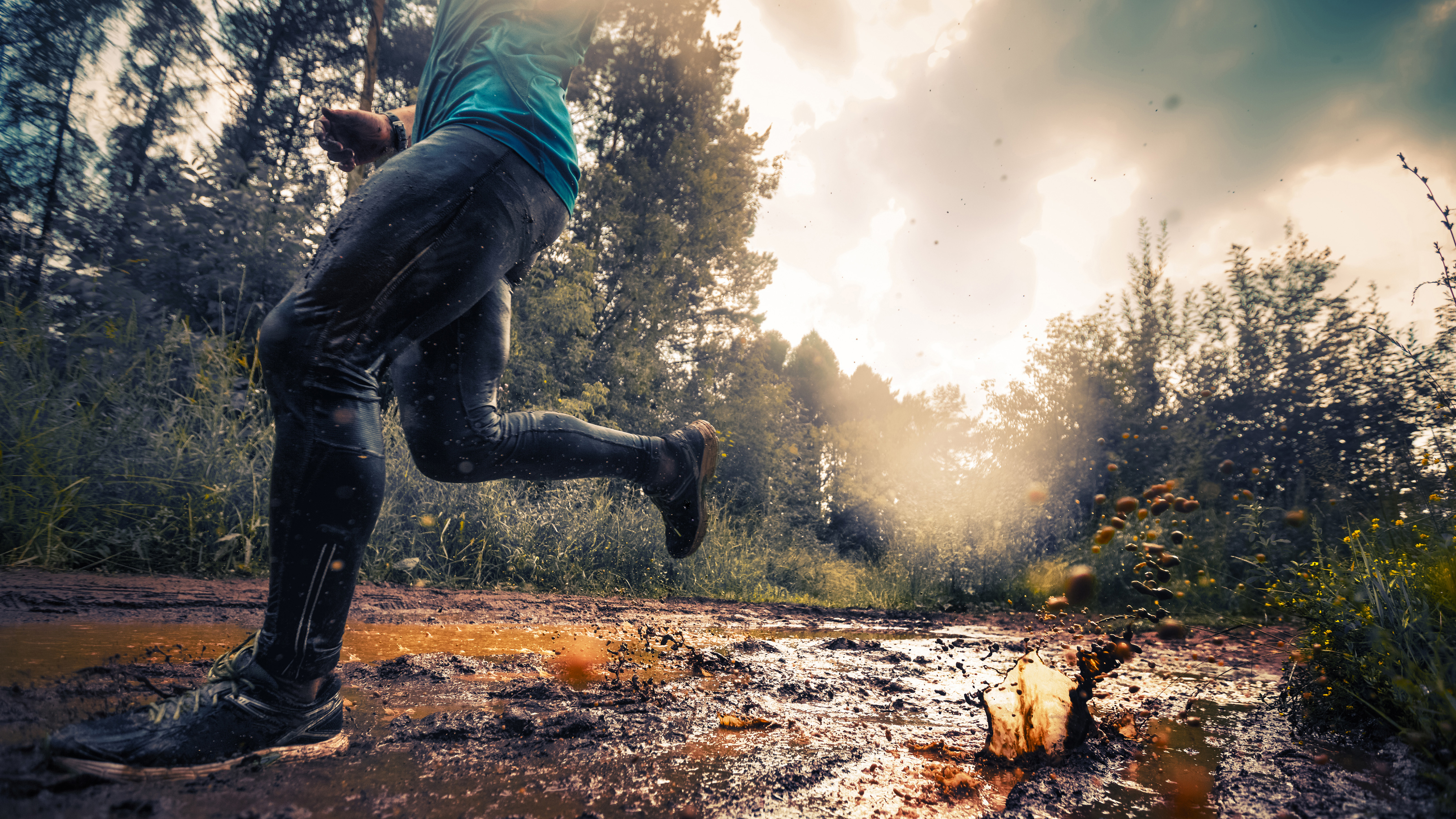
Shoe shape and drainage
The biggest argument against wearing waterproof trail-running shoes is a pretty obvious one when you stop to think about it. A membrane that won’t let water in will also stop any unwanted liquid that does make it past the defences from getting back out.
Unlike hiking boots, which typically extend at least to the ankle, trail-running shoes are generally low-cut, usually with the collar finishing well below the ankle. So, stopping fluids from seeping into a shoe through the material of the upper is one thing, but if you’re running through wild, wet terrain with deep puddles and/or stream crossings (both very common obstacles encountered on the trails), then water and mud will quickly breach the top of the shoe and get in that way, and the waterproof membrane will keep it in.
Unless you’re prepared to stop, undo and remove your shoes, and literally pour such trail juice out, you’re going to be squelching around for the remainder of your run, which is neither pleasant nor efficient.
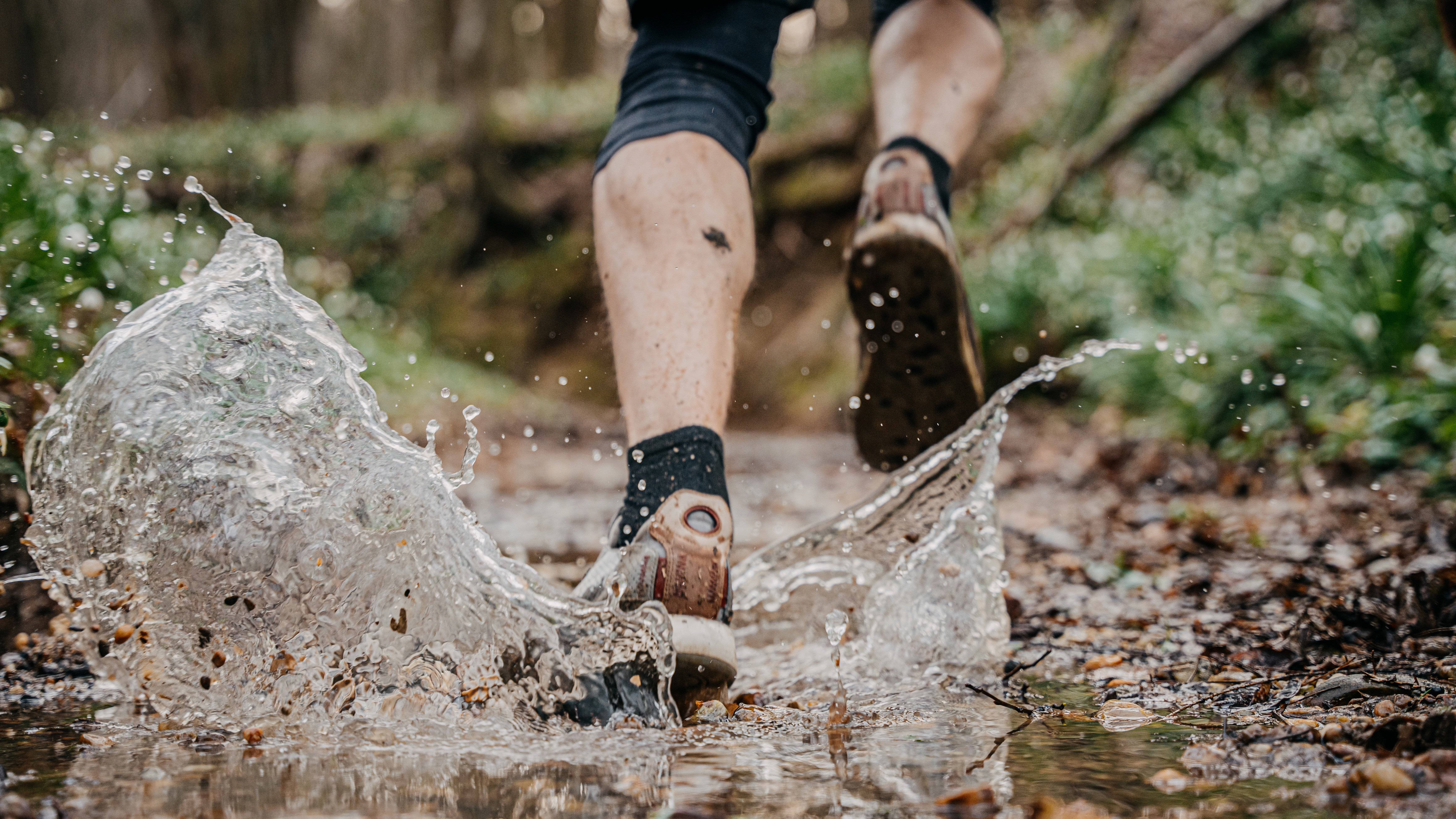
Ventilation and heat management
We all know that Gore-Tex and the brains and brands behind other comparable membranes make big claims about their products being breathable, and I’ve seen plenty of lab-demonstrations that prove the technology works – and tested enough boots and jackets in real conditions to know that there is ample truth in these claims. However, the fact remains, garments and footwear that aren’t waterproof are far more breathable than the ones that are. When you’re running in warm conditions it can be much more comfortable to wear the best running socks that have good wicking properties, combined with well-ventilated, quick-draining shoes that allow your feet to properly breathe. In my experience, waterproof shoes run very hot.
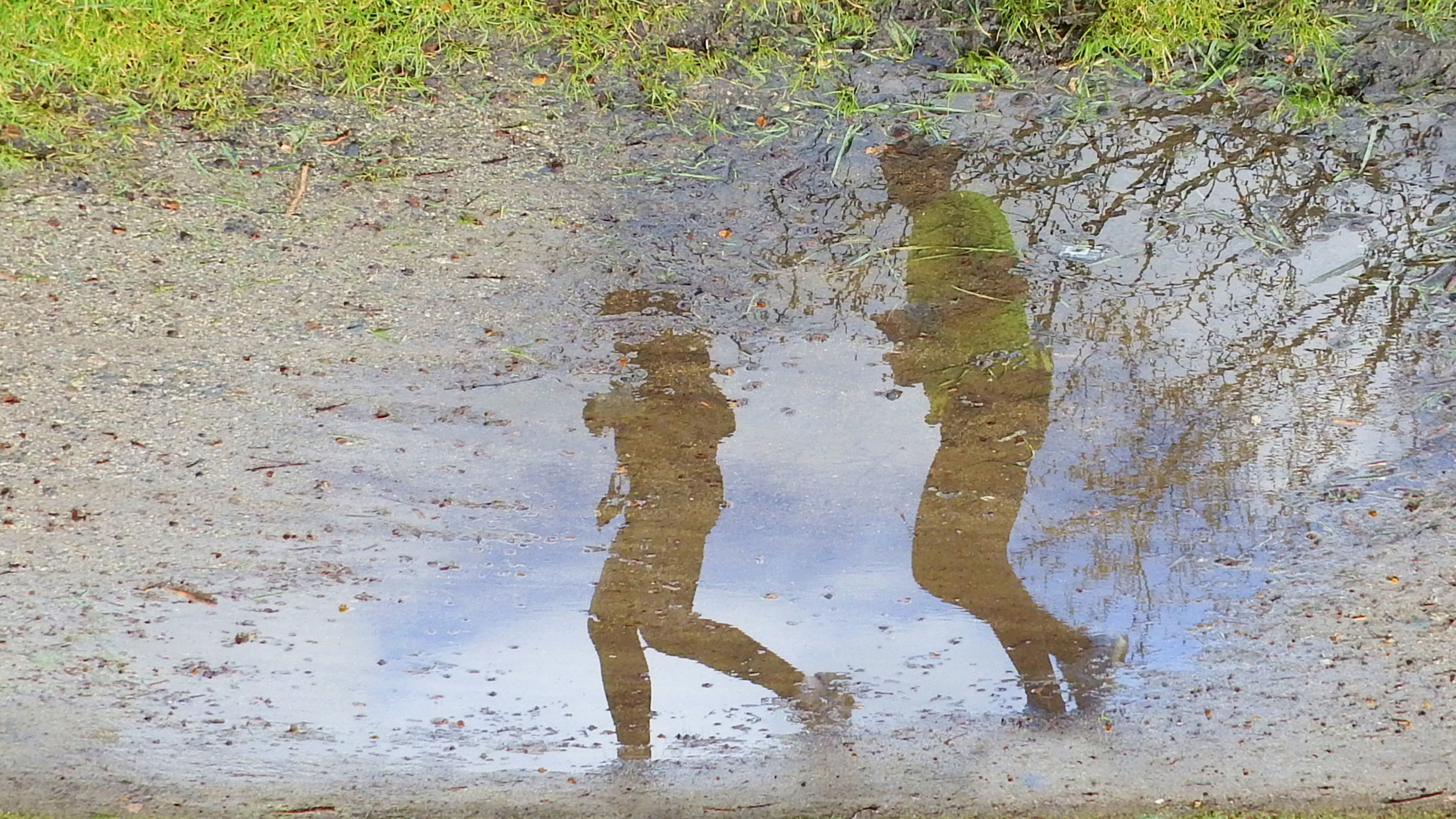
Cost
I touched on this in the first paragraph, but it’s worth mentioning again. Shoes with a waterproof membrane (be it Gore-Tex, Pertex, eVent or any of the various brand-specific iterations) cost considerably more than shoes that don’t have such a membrane. Running shoes have become scarily expensive in recent years, and no one likes spending more money than they need to – but especially when the ingredient bumping up the price is superfluous (or even counter-active) to their performance requirements (see all the points above).
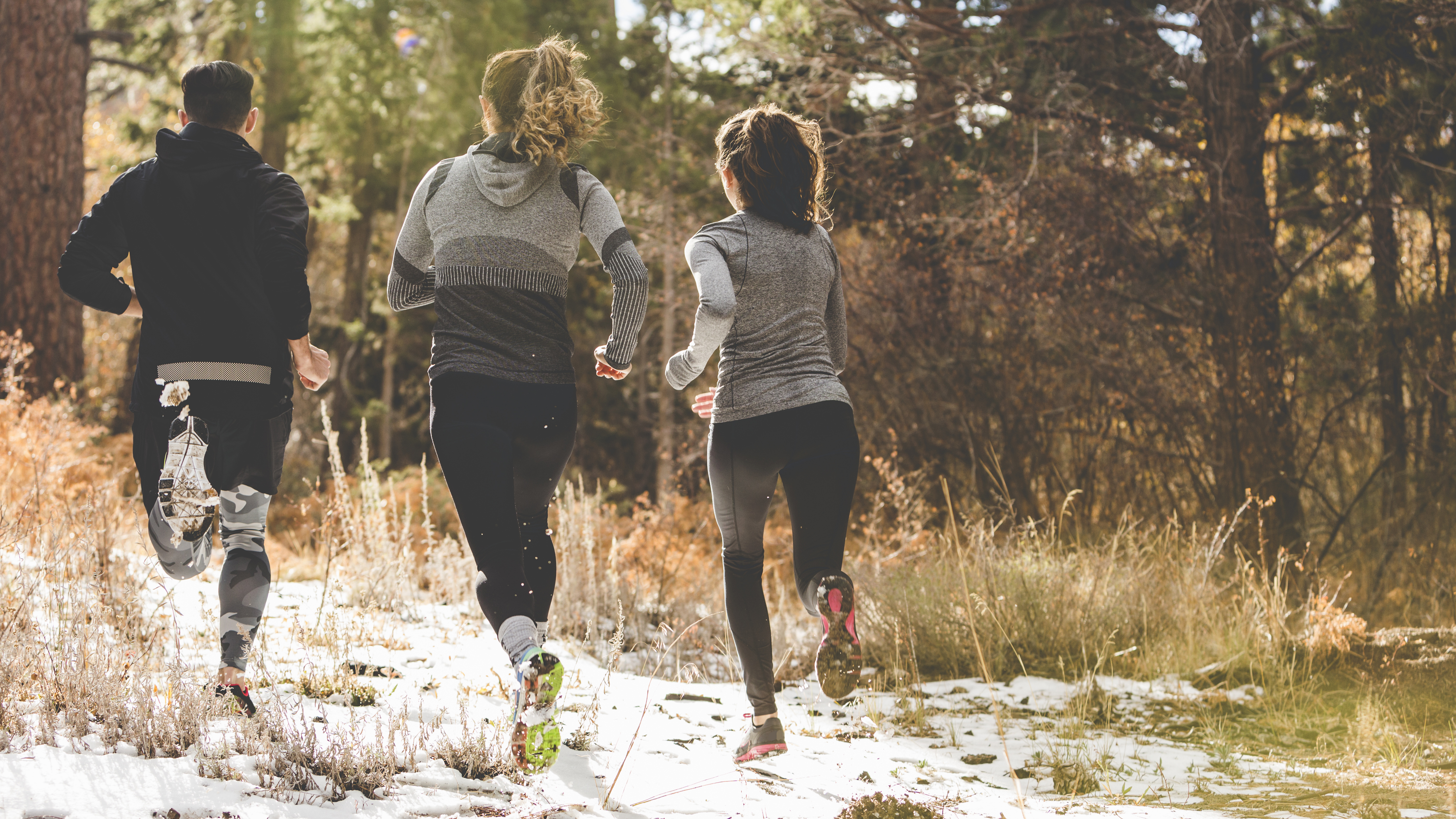
Exceptions that prove the rule
Of course, there are times when having a waterproof trail shoe is beneficial, like when you’re running in mid-winter through a dew-soaked, snow-covered or frosted field – then it’s definitely nice to keep your feet warm and dry, potentially by using gaiters. But as a rule, in most conditions, it’s best to accept the fact that your feet might get a bit damp and just jog on.

Author of Caving, Canyoning, Coasteering…, a recently released book about all kinds of outdoor adventures around Britain, Pat Kinsella has been writing about outdoor pursuits and adventure sports for two decades. In pursuit of stories he’s canoed Canada’s Yukon River, climbed Mont Blanc and Kilimanjaro, skied and mountain biked across the Norwegian Alps, run ultras across the roof of Mauritius and through the hills of the Himalayas, and set short-lived speed records for trail-running Australia’s highest peaks and New Zealand’s nine Great Walks. A former editor of several Australian magazines he’s a longtime contributor to publications including Sidetracked, Outdoor, National Geographic Traveller, Trail Running, The Great Outdoors, Outdoor Fitness and Adventure Travel, and a regular writer for Lonely Planet (for whom he compiled, edited and co-wrote the Atlas of Adventure, a guide to outdoor pursuits around the globe). He’s authored guides to exploring the coastline and countryside of Devon and Dorset, and recently wrote a book about pub walks. Follow Pat's adventures on Strava and instagram.